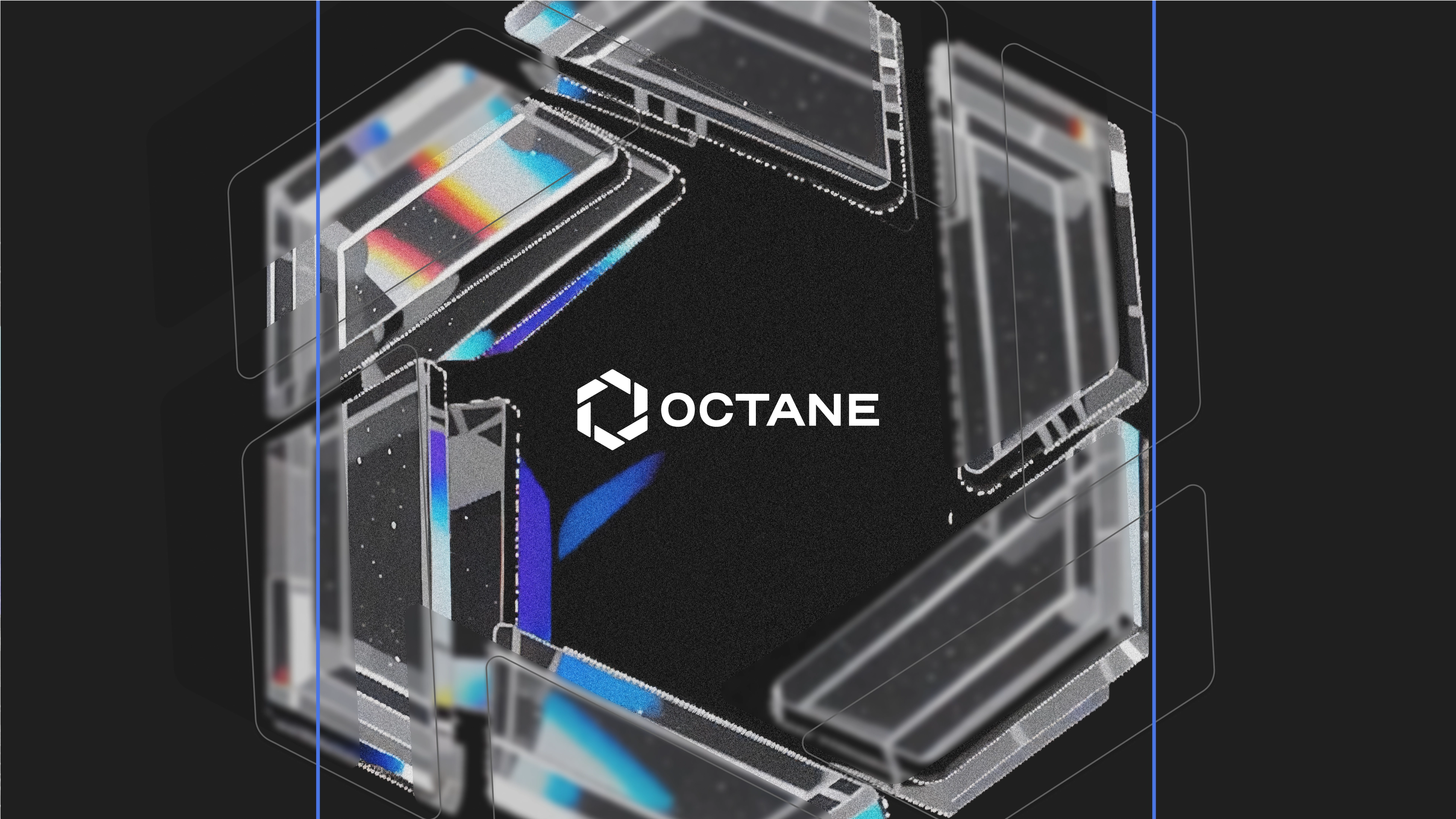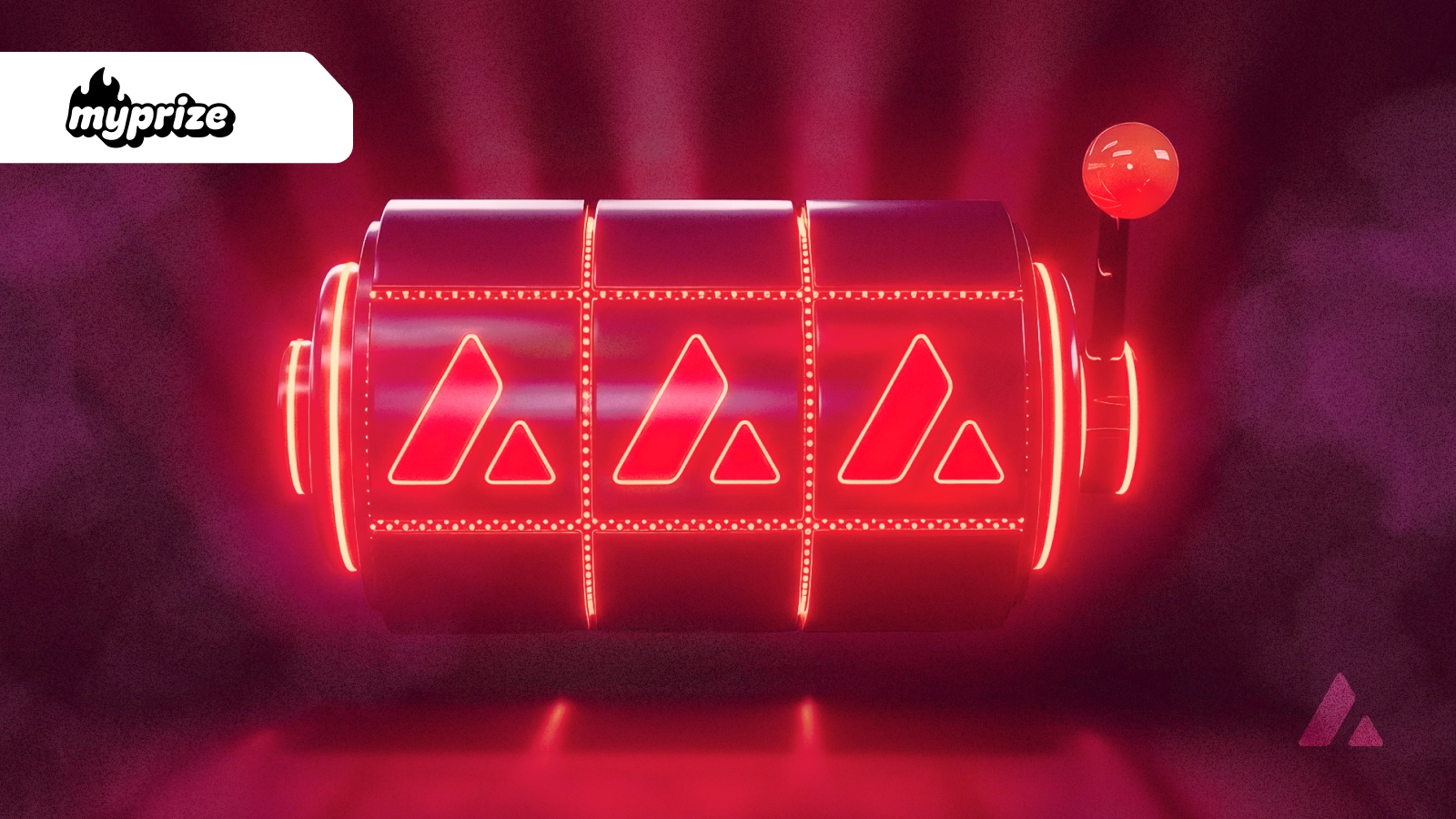Octane Integrates with Avalanche to Embed Security in Every Build
Octane Integrates with Avalanche to Embed Security in Every Build
Jul 29, 2025 / By Avalanche / 4 Minute Read

Strengthening Avalanche’s Builder Stack with Octane’s Security Platform
Security is critical to the health of any blockchain ecosystem. Yet for many teams, rigorous testing still happens late in the development cycle, after features are finalized and timelines leave little room for iteration. A new integration between Octane, an AI-powered smart contract security platform, and Avalanche aims to change that.
Now live across the Avalanche ecosystem, this integration brings continuous, automated security checks directly into developer workflows, helping teams identify and resolve issues as they code, preventing them from becoming deployment blockers.
Why Early Security Matters
Web3 projects often rely on traditional audits conducted at the end of the development cycle. These audits reveal critical vulnerabilities that require time-consuming refactorings, delaying launches, and straining security resources. Octane aims to eliminate this reactive model by shifting security to the beginning of the development process.
Instead of waiting for a final review, developers receive real-time alerts as they write code. Octane scans every commit, flags potential vulnerabilities, and delivers feedback within the tools teams already use, no context switching required. This streamlines the path to production, expedites the audit process, and helps teams ship faster, increasing overall security.
"Too many Web3 teams discover their biggest security issues right before launch," said Giovanni Vignone, CEO of Octane Security. "We've seen teams spend months building amazing protocols, only to hit major security roadblocks when they're trying to ship. That last-minute scramble is stressful, expensive and risky. Our joint integration lets Avalanche builders catch problems early when they're easy to fix, so they can deploy with confidence instead of crossing their fingers."
Purpose-Built for Avalanche
Octane’s detection models are specifically trained on Avalanche’s architecture, documentation, and onchain behaviors. This Avalanche-native tuning minimizes false positives and ensures security findings are context-aware, relevant to how contracts actually operate on the C-Chain and app-specific Layer 1s (L1s). Developers can detect issues unique to Avalanche environments, such as stale oracle data, unchecked delegate calls, unsafe access controls, and other critical vulnerabilities, all of which are surfaced directly within their existing CI/CD workflows.
“Security is essential for building in Web3, but it’s often the last step in the process. This integration flips that dynamic by embedding high-signal security checks directly into the development workflow, tailored specifically for Avalanche’s architecture,” said Eric Kang, Head of DeFi at Ava Labs. “It’s a win for builders in the Avalanche ecosystem: faster iteration, lower audit costs, and more secure code from day one."
Octane surfaces everything from best-practice gaps to complex logic and economic vulnerabilities. Its detectors are continuously updated to reflect emerging risks and often catch issues that slip through audits. Examples of vulnerabilities it identifies include:
Critical logic flaws, such as unchecked delegate calls and reentrancy
Economic risks like stale or misconfigured oracles, rounding errors, and slippage gaps
Denial-of-service vectors, gas inefficiencies, access control issues, and unsafe external calls
Early Results from the Avalanche Ecosystem
Since launching the integration, Octane has already delivered measurable results across the Avalanche ecosystem:
210,881 lines of code scanned across participating projects
177 pieces of actionable feedback delivered to development teams
217 total findings flagged, including critical vulnerabilities missed in manual audits
Over $261 million in TVL protected across projects
During Octane's review of Suzaku's 48,000+ line codebase, the platform identified four critical and one high-severity vulnerabilities that could have enabled validator hijacking, unauthorized fund movement, and denial-of-service attacks across multiple networks.
This integration helps resolve a longstanding tension in Web3 development, balancing speed with security. By embedding AI-powered vulnerability detection directly into the build process, Avalanche and Octane are introducing a new standard: one where security is continuous, developer-friendly, and tuned to the needs of high-performing teams.
Octane is now available to all Avalanche builders. Teams can connect their repositories and start receiving security feedback in minutes, enabling faster development, fewer surprises before launch, and greater confidence in every deployment. To get started, request a demo here and add “Avalanche Eco” after your company name so the team can prioritize your onboarding.
About Avalanche Blockchain Network
Avalanche is a high-performance blockchain platform designed for builders who need to scale. Engineered with a revolutionary three-part Layer 1 (L1) architecture, Avalanche is anchored by its Avalanche Consensus Mechanism, ensuring near-instant finality for transactions. The platform also features an open-source Layer 0 (L0) framework, enabling the seamless creation of interoperable Layer 1 blockchains with high throughput on both public and private networks.Supported by a global community of developers and validators, Avalanche offers a fast, low-cost environment for building the next generation of decentralized applications (dApps). With its unique blend of speed, flexibility, and scalability, Avalanche is the preferred choice for innovators pushing the boundaries of blockchain technology.
Website | Whitepapers | X | Discord | GitHub | Documentation | Telegram | Facebook | LinkedIn | Reddit | YouTube




